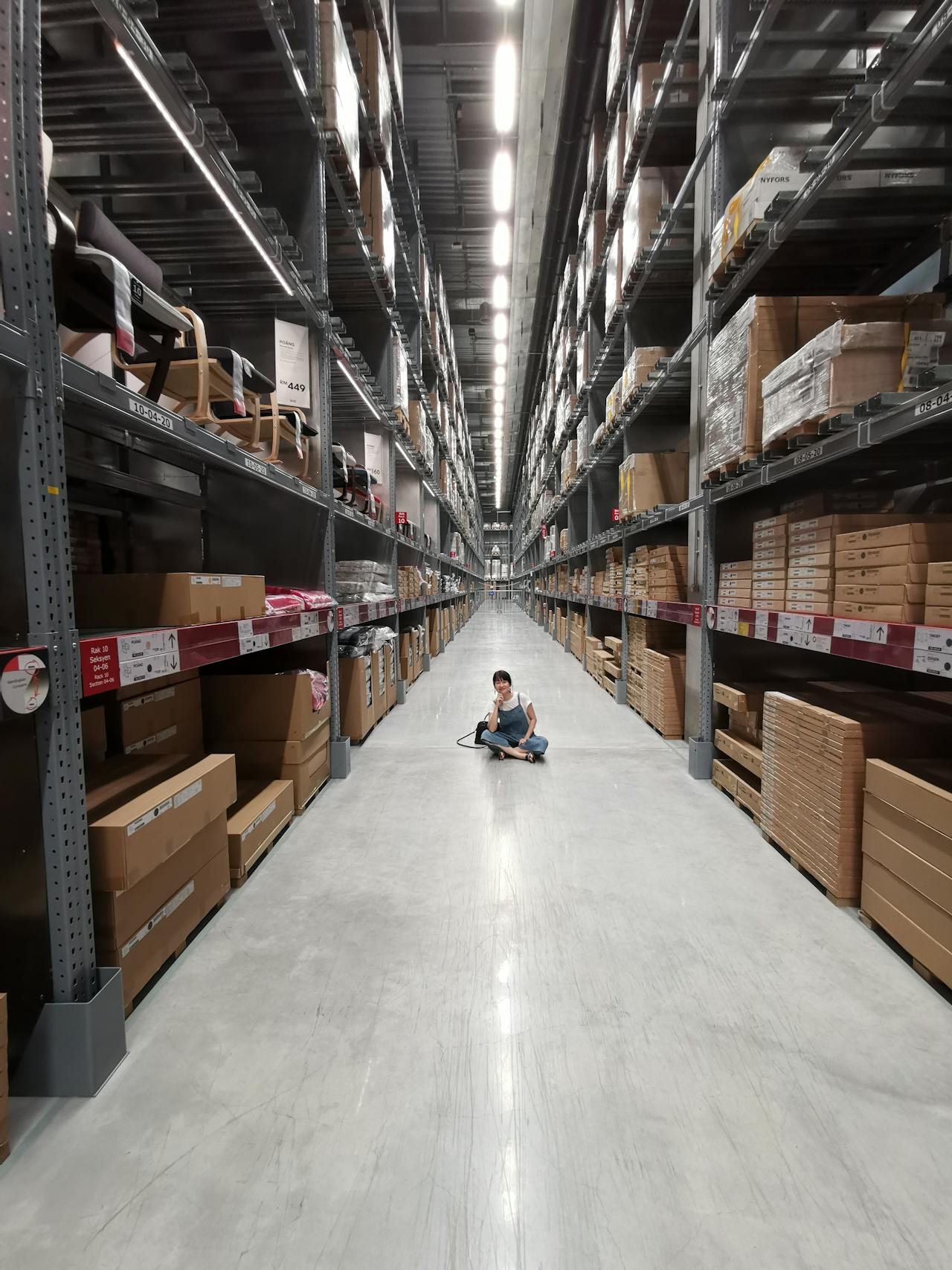A logistics company required a centralized ERP system to automate and optimize core business operations. The primary goals included:

The company needed a scalable ERP system to manage over 10,000 employees across multiple departments. The solution had to automate HR, logistics, financial operations, and task management while ensuring seamless access control and workflow efficiency.
System Architecture
The developed ERP Solution is a modular system represented by the central system orchestrator, front end applications, middleware, and the core.
The front end applications for web and mobile are developed to cover the needs of all the company employees: from the warehouse workers to the regional CEOs. The middleware gathers and processes information obtained from the employees.
The processed data is forwarded to the core, and stored in the own data lake. The Solution was designed in a way to cover all the processes equipping every employee of the company with the digital instrument to complete their job responsibilities.

The digitalized processes included: recruitment and dismissal of the employees, education, onboarding, testing of the employees, positioning, and more.
Employee Hub

For the employees, the Employee Hub was developed. Depending on the position of the person, they get access to different tools, dashboards, and processes.
Due to the vertical hierarchy, heads of the higher level can check and manage processes under their control.
The access rights are ensured and managed via Microsoft Access control, which determines who is allowed to access certain modules of the ERP System and data within it.
Employee’s Workspace
Depending on the employee’s position in the company, they have access to a different set of tools and data related to their personal working environment.
A personal task manager helps to track activities and perform more efficiently. Along with the tasks, the employee also has their own calendar where working time is planned, calculated, and tracked.
Depending on the working time, the employee has a salary calculated and visible in the same workspace.

Head of the Department’s Workspace

The head of the department controls the workflow of the whole office. They have access to the information on the employees working in their department, their schedules, tasks, and efficiency analytics.
The Head has access to the efficiency charts and tools of predictive analytics: the integrated AI analyses the number of clients at different times and suggests adding more operators in the busiest hours.
It helps to manage the department workload, avoiding queues and breakdowns.
Electronic Document Management System
The developed document management system is scalable and able to handle varied document workflows simultaneously, processing large volumes of data.
The system is capable of assigning owners to documents from the backlog, automatically changing documents’ statuses after reviews, filtering data and changing views upon user requests, being integrated into project management platforms, etc.
It allows digital coordination and approval of the documents: the creator of the document can forward it to the needed departments to sign, and after signing, the document is moved further according to the chosen process.

The ERP Solution has made the processes within the company more efficient, helping to reduce expenses and improve productivity and customer satisfaction.
The ERP system significantly improved business operations, leading to:

5 years